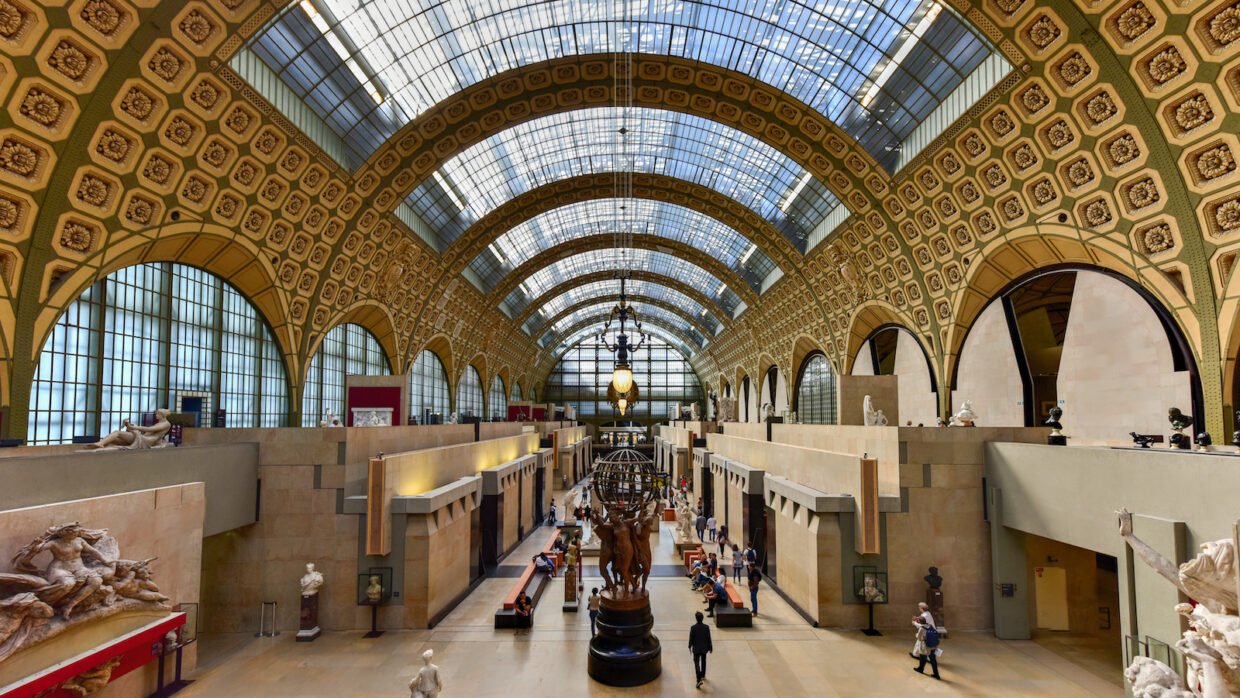|
Getting your Trinity Audio player ready...
|
Paris’ Musée d’Orsay recently plunged into the turbulent waters of NFTs, partnering with the Tezos Foundation to mint NFTs of select artworks from its revered collection. While it’s not unusual for cultural organizations to offer digital assets, the Musée d’Orsay’s move comes at a time when the NFT market is facing a perceptible dip in consumer conception of value, sparking debates about the timing and potential impact of this initiative.
The NFT market, once lauded as a revolutionary force in the art domain, has recently been under the microscope for its volatility and the transient nature of its value perception. Thus, Musee d’Orsay’s digital dalliance raises pivotal questions about whether this is a shrewd risk or a hazardous gamble, given the museum’s prominence and the potential ripple effects on other art institutions.
The collaboration with the Tezos Foundation, which will facilitate the minting of the museum’s NFTs, is undeniably a courageous step towards amalgamating traditional and digital art spheres. However, the outcome of this endeavor could potentially set a precedent for other French museums contemplating a parallel leap into the NFT arena.
Musee d’Orsay, renowned for its rich collection of Impressionist and Post-Impressionist masterpieces, is undoubtedly rolling the dice. If triumphant, this initiative could herald a new revenue stream and a global digital audience. On the flip side, should this venture falter, it may not only tarnish the museum’s reputation but also cast doubts over the viability of NFTs as a sustainable model for traditional art institutions.
Any skepticism surrounding this initiative is not without merit. The oscillating nature of the NFT market, along with ongoing debates regarding the tangible value and environmental impact of minting NFTs, places Musee d’Orsay’s move under a critical lens. It’s a move that could either be celebrated as a visionary stride into the future or critiqued as a misstep into a digital abyss.
The outcome of Musee d’Orsay’s NFT venture could indeed be a pivotal moment for other French museums, potentially prompting them to either intensify their integration of NFTs into their operational and engagement strategies or to abandon them altogether. It positions the museum as a potential litmus test for the intersection of traditional art and digital assets in a market that is still stabilizing.
The partnership between Musee d’Orsay and the Tezos Foundation is part of a broader initiative to “democratize art ownership” and “preserve art heritage.” The NFTs will be minted in collaboration with artists and creators, ensuring that they are actively involved in the digital transformation of their work. The initiative also aims to provide a new form of access to art, enabling global audiences to own a piece of cultural history in digital form.
However, the question remains: Is the digital domain ready to embrace these traditional art forms in a manner that is both financially viable and culturally respectful? Musee d’Orsay’s journey into the digital domain will undoubtedly serve as a case study for other institutions, reflecting either the perils or potentials of navigating the complex and often unpredictable NFT marketplace. Whether this initiative will act as a catalyst for a harmonious blend of traditional and digital art or serve as a cautionary tale for other museums will be revealed in the unfolding chapters of this digital saga.



